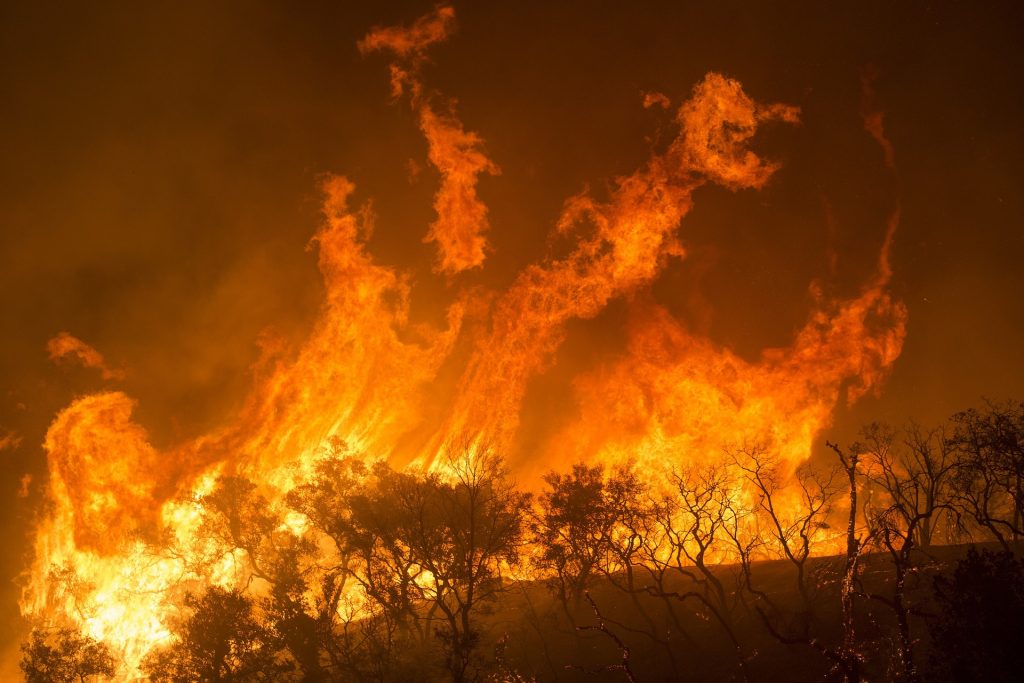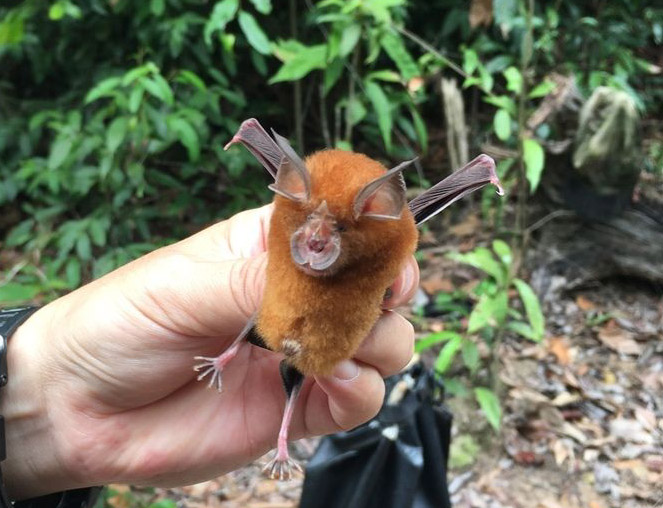COVID-19-induced Visitor Boom Reveals the Importance of Forests as Critical Infrastructure
COVID-19-induced Visitor Boom Reveals the Importance of Forests as Critical Infrastructure
Guest blog provided by Lukas Giessen, Coordinator of IUFRO Research Group 9.05.00 – Forest policy and governance
During the 2020 COVID-19 pandemic, countries around the globe have implemented a certain degree of lockdown, restricting citizens’ freedom of movement and freedom of assembly. An article recently published in Forest Policy and Economics by Jakob Derks, Lukas Giessen and Georg Winkel of the European Forest Institute, Bonn, Germany, aims to illustrate the impact that the measures against the spread of COVID-19 have on forest recreation.
Read more…Lignin from Wood and Agricultural Waste to be used in Automotive, Mass Timber (CLT) and Construction Applications
Lignin from Wood and Agricultural Waste to be used in Automotive, Mass Timber (CLT) and Construction Applications
Guest blog by Lauren Noel, Communications Manager for the Department of Forestry at Michigan State University (IUFRO Member Organization)
MSU and Michigan Tech researchers study using lignin from wood and agricultural waste to replace petroleum-based polyols in polyurethane foams and adhesives.

Spotlight #80 – Becoming visible – non-timber forest products and a sustainable economy
Spotlight #80 – Becoming visible – non-timber forest products and a sustainable economy

One positive and largely overlooked outcome of the current coronavirus could be a stronger bioeconomy.
“I think the pandemic is going to spur the bioeconomy,” said Dr. James Chamberlain of the United States Forest Service, Southern Research Station in Blacksburg, Virginia, and Coordinator of IUFRO’s Unlocking the Bioeconomy and Non-Timber Forest Products Task Force.
Read more…The world is fighting forest fires in the midst of a pandemic
The world is fighting forest fires in the midst of a pandemic
Interview with Dr. Andrey Krasovskiy originally published in French: https://journalmetro.com/perspective/2477417/monde-lutte-feux-de-foret-pandemie/
On 25 June 2020 by Miguel Velazquez, Métro World News
Dr. Andrey Krasovskiy is a Research Scholar working with the Ecosystems Services and Management Program (ESM) of the International Institute for Applied Systems Analysis (IIASA), Austria: https://iiasa.ac.at/
He is a Member of the IUFRO Task Force “Fire$: Economic Drivers of Global Wildland Fire Activity”: https://www.iufro.org/science/task-forces/global-wildland-fire-activity/
Q: What is the outlook for forest fires this year?
Forest fires are likely to keep the dynamics from previous years. Along with the problematic regions, such as Amazon, where forest fires are driven by deforestation, and Indonesia, where extremely vulnerable peatland areas are located, considerable fire events are to be expected in boreal forests of Russia, the US, and Canada. The forest fires might also show relative increase compared to previous years in Central European countries. There is a danger that post-quarantine human activities will further add to forest fire frequency in the Mediterranean region, as well as globally.

“Harnessing Synergies between Agriculture and Forest Restoration’
“Harnessing Synergies between Agriculture and Forest Restoration’
Communities work together to restore forests – an example from Nepal
By Lila Nath Sharma, PhD
Blog from IUFRO Member Organization ForestAction Nepal
Jalthal forest is a 6,000 ha forested land in the densely populated region in the lowland of Southeastern Nepal. It is a remnant moist tropical forest with diverse ecosystems and habitats comprising swamps, rivers, ponds, hillocks and plain areas. It is an important biodiversity hotspot with several threatened floras and faunas including the Asiatic elephant and pangolin. The forest has unique assemblages of tropical and subtropical plant species found in the sub Himalayan tract. Floristic elements from different bio-geographical regions – Sino Himalayan, East Asian and Indian, for example – makes the forest diverse and unique.
The forest is an important source of environmental services including fresh water and multitudes of forest products for people living around the forest. It is currently managed by 22 Community Forest User Groups (CFUGs) and is an important livelihood source for over 80,000 people. In spite of high ecological and social significance, the Jalthal forest is subjected to multiple pressures. These include invasive species, human-wildlife conflict (particularly human-elephant), wildlife poaching, illegal felling of trees and timber focused forest management.
Read more…Spotlight #79 – A Focus on Gender Equality in Forestry
Spotlight #79 – A Focus on Gender Equality in Forestry

When one thinks of forests, forestry and forest research, gender equality is probably not the first thing that springs to mind.
But it actually makes a lot of sense, explains Dr. Gun Lidestav, of the Department of Forest Resource Management at the Swedish University of Agricultural Science. Dr Lidestav is also Coordinator of the IUFRO Gender Equality in Forestry Task Force (TF).
Read more…IUFRO Spotlight #78 – More robust strategy needed to combat forest fires in Alps
IUFRO Spotlight #78 – More robust strategy needed to combat forest fires in Alps
An increasing risk of forest fires in the European Alps has led to a white paper that proposes a framework for integrated fire management to address the drivers of the current and future fire regimes in mountain forests.

To develop the white paper, entitled Forest Fires in the Alps, a panel from all member states of the EU Strategy for the Alpine Region (EUSALP) – Austria, Germany, Italy, France, Slovenia, Switzerland and Liechtenstein – was established. These scientists, members of action forces, authorities and other forest fire experts pulled together the fire experiences and knowledge of the various countries.
Studying Forestry to be Part of a Solution to a Problem
Interview with IFSA President Amos Amanubo

Amos is a 25 year old Ugandan and a recent graduate from Makerere University, Kampala, holding a Bachelor’s Degree in Conservation Forestry and Production Technology. He has been the President of the International Forestry Students’ Association (IFSA) since August 2019. His favorite pastimes are cycling through natural landscapes and meeting friends.
View from the forest: the interlinked crises of COVID-19, environmental degradation and inequity – A Guest Blog
The underlying cause of the COVID-19 pandemic is the spill-over of a virus from a presumed bat wildlife source – and its spread in the vast human population and its vulnerable systems. There are many questions yet unanswered about the virus’s source – which species of bat, was it sold in the Wuhan Wet Market, did a number of bat-human transmissions occur or were transmissions to other animal species involved in the development of a virus capable of human to human transmission. For the moment all efforts are on controlling the disease. It has emerged and spread rapidly around the highly connected planet. In the long run, understanding how to prevent further such pandemics will be a major focus.

Link to license: https://creativecommons.org/licenses/by-nc/4.0/legalcode
IUFRO Spotlight #77 – Stepping up the Global Discussion on Forest Education
IUFRO Spotlight #77 – Stepping up the Global Discussion on Forest Education
“The future is for the young generation,” said Dr. Shirong Liu of the Chinese Academy of Forestry.
“And,” he added, “changes in the forest sector have led to new trends in forest education globally.
